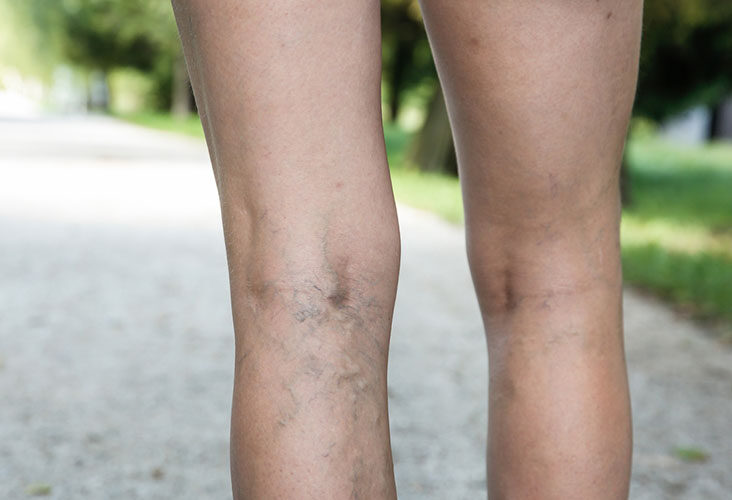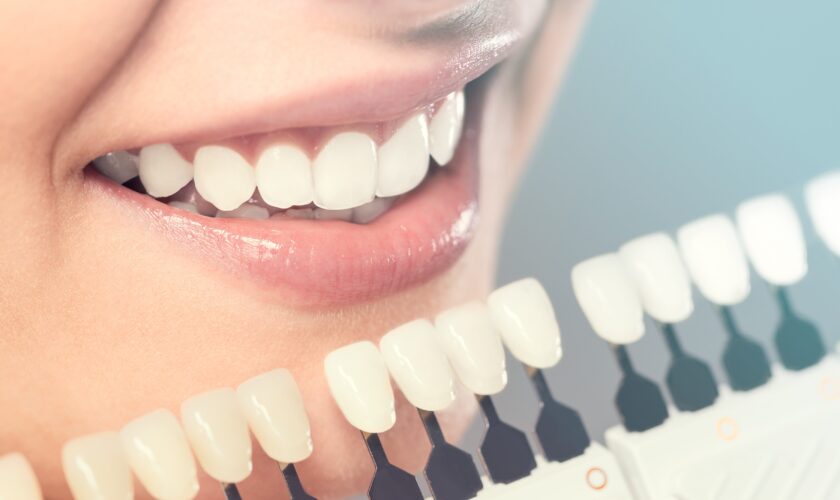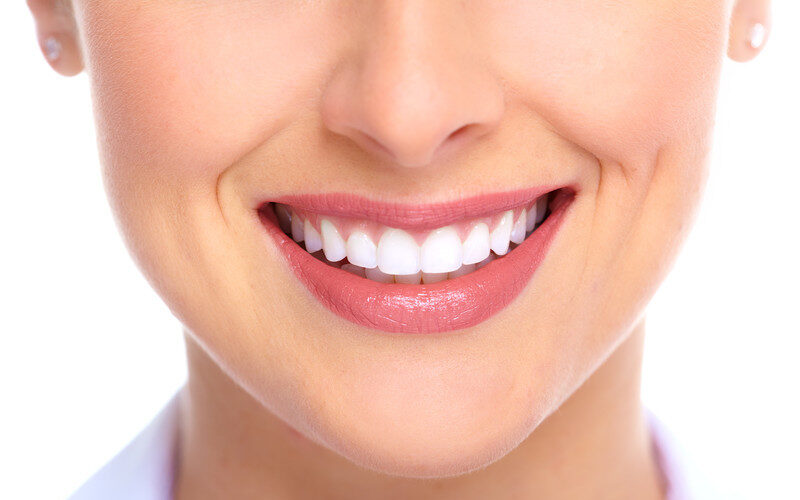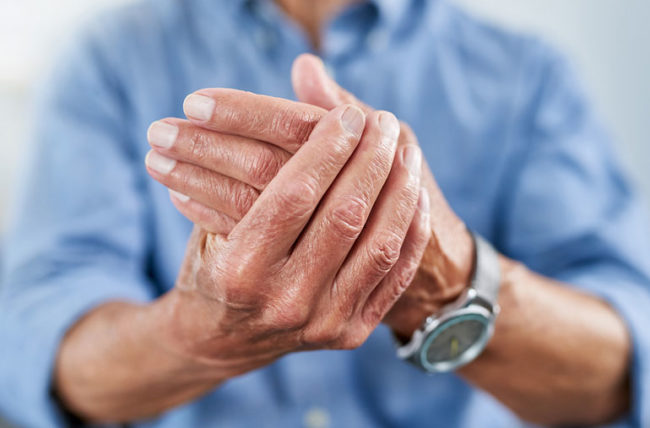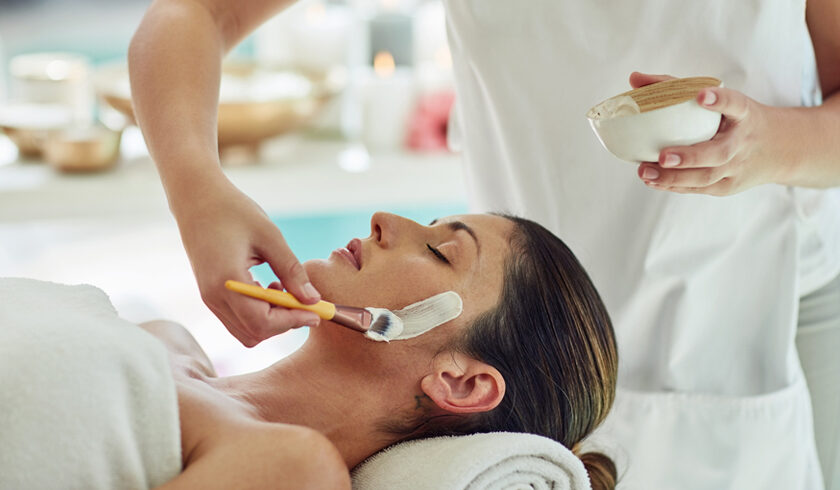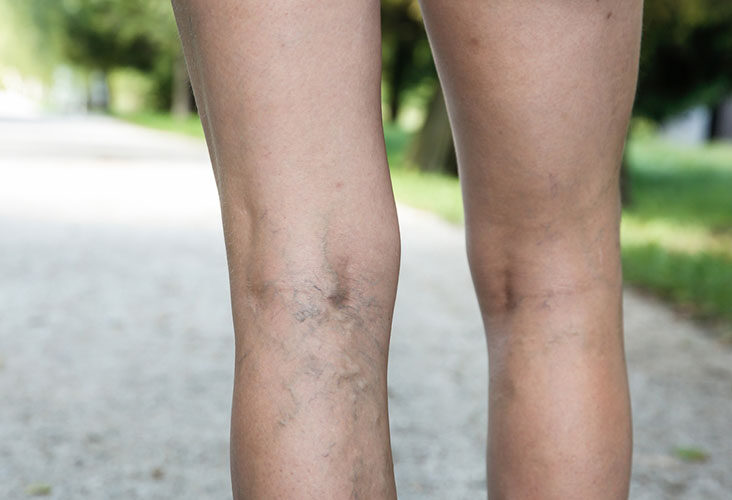You have probably heard snoring at one point in time or even snore yourself. Snoring happens when air passes through relaxed throat tissues, causing loud and rapid air vibrations that produce harsh, hissing, throaty noise through the nose or mouth. For many people, this phenomenon can become chronic and prevent them from getting a good night’s sleep. Snoring can also be disruptive to other people that live with you, such as your spouse. To better understand this issue, here is a list of 7 risk factors for snoring and a look at how Dr. Cecil Yeung in Houston can treat your snoring problems.
1. Being Overweight
One of the most common risk factors for snoring – for any medical condition actually – is being overweight. A high BMI puts you at risk for health problems, such as heart disease, diabetes, and cancer. Additionally, it can contribute to snoring and poor sleep quality. One reason for this is that your organs are being over-exhausted, and your lungs might be unable to regulate your breathing at night, which can ultimately lead to unproductiveness during the day.
2. Breathing Problems
If you have breathing problems, such as a stuffy nose, during the day, it only makes sense that they will affect your breathing at night too. Conditions often associated with a high risk of snoring include a deviated septum and a narrow airway. You might also have large adenoids or tonsils that make it difficult for you to breathe and, thus, increase your chances of snoring at night.
3. Drinking Alcohol
When you consume a lot of alcohol, your muscles relax, including those in your throat. The result is that your throat is unable to naturally correct obstructions in your airway during your sleep, which can lead to snoring. This effect is more noticeable when you have had more than one drink before bedtime.
4. Smoking
Research reveals a direct correlation between smoking tobacco and snoring. Smoking tends to inflame your throat and airways, which can affect airflow and cause obstructed breathing. This inflammation is why many smokers tend to cough a lot, produce significant amounts of phlegm, and snore at night.
5. Your Sex
According to medical research, men and more likely to have snoring problems than women. They are also at a higher risk of developing sleep apnea due to the obstructed breathing accompanying snoring. As such, you should always consult your doctor about your snoring if it affects your sleep.
6. Family History
If one or several of your family members have sleep apnea or snore when they sleep, you are also at risk of developing the problem. While snoring does not always signify sleep apnea, you should see a doctor if your snoring is loud and disrupts your sleep.
7. Sore Throat
People who experience regular sore throats tend to snore more than those who don’t. Also, because snoring can cause sore throats, it is often difficult to determine which one came first.
Talk to an ENT Specialist Today
Snoring is often depicted humorously in the media. But, it can be disruptive to you and your partner, affect your quality of sleep, and leave you feeling groggy throughout the day. Fortunately, Cecil Yeung, MD, of Houston Sinus Surgery, provides first-rate diagnostic tools and treatments for snoring and other problems. Schedule an appointment with her today by using the online scheduler on the official website or calling the Houston office.


